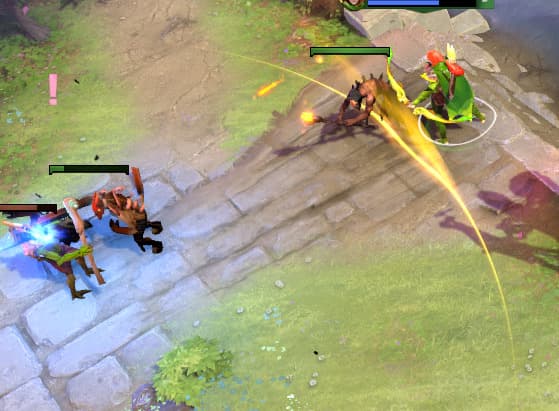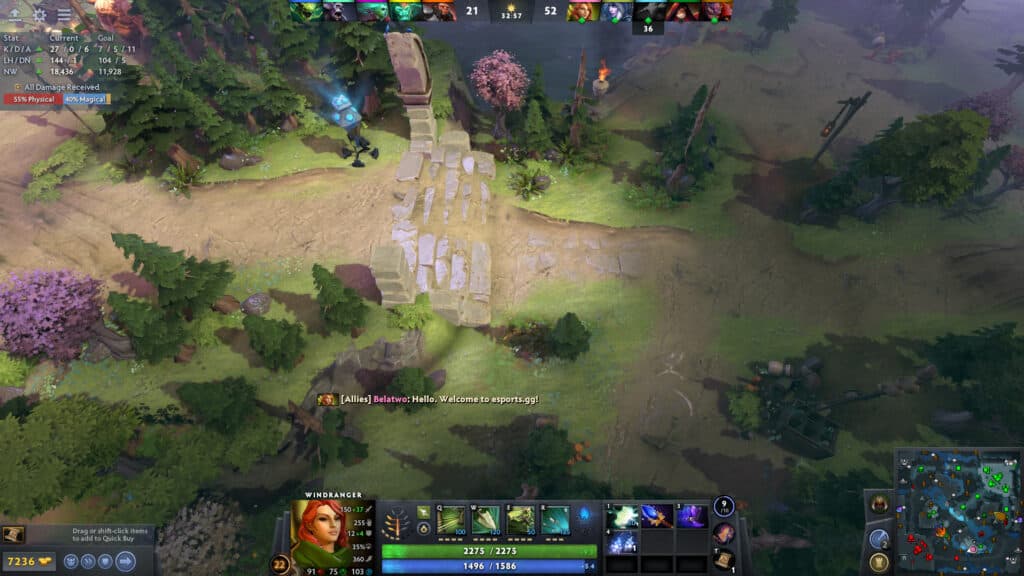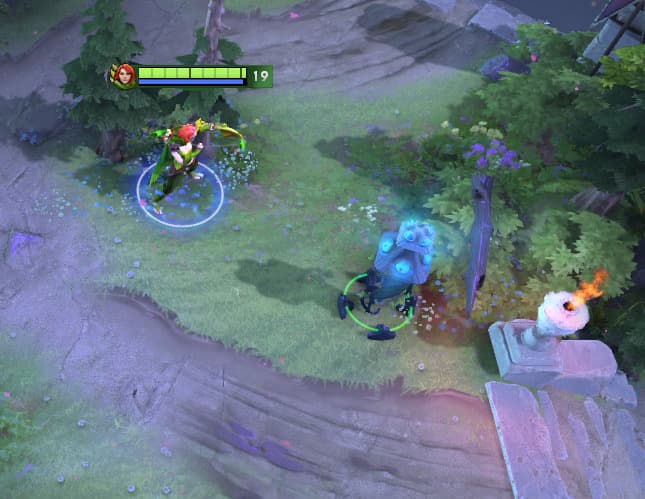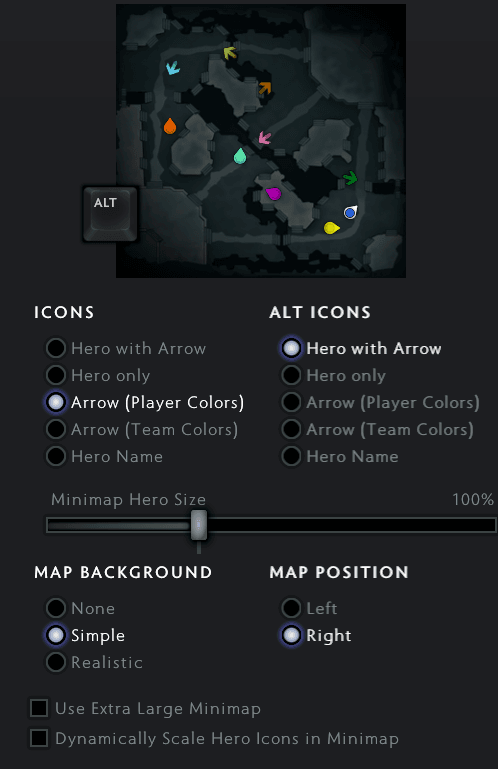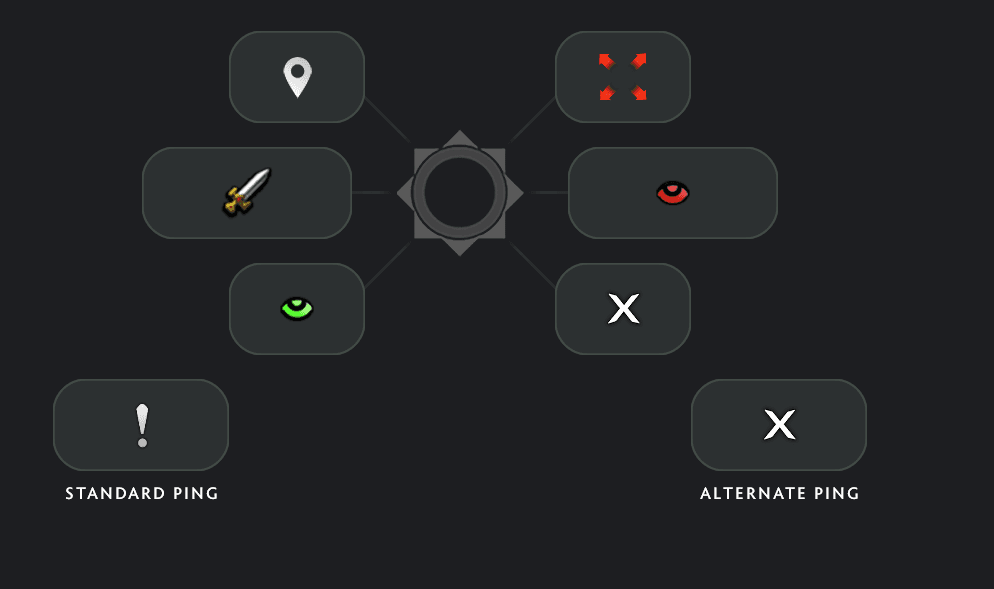Dota 2 has been around for over a decade, so we have a helpful guide with numerous beginners’ tips to assist new players in the game.
Defense of the Ancients, more popularly known as DotA, has been around for a very long time. Its sequel, Dota 2, is still one of the biggest games of its genre – and new players are finding their place within it. Dota 2 is a multiplayer online battle arena (MOBA), and these games are a dominant part of gaming and esports culture. League of Legends (LoL), Mobile Legends: Bang Bang (MLBB), Smite, and Pokémon Unite are just a few of the titles that players enjoy in this genre. But there are many, many more.
With that said, Dota 2 remains one of the biggest, and it comes with a very steep learning curve for new players to adapt to. Players might generally have some sort of understanding of the game’s dynamics from previously mentioned titles. But there is a lot to grasp and not a lot of time to do so once you have queued up for a game.
There are hundreds of items and heroes in Dota 2, so it can all get very convoluted for a new player. This is why we have created some Dota 2 beginner tips to help you on your path to the Immortal Ranks.
Picking your hero and your role
Although there is such a wide variety of heroes to choose from, each game, each player on a team selects one. This means that equal teams of five-versus-five (5v5) enter the map. The map itself is split, and members of the team perform specific functions based on their chosen roles. Although for some veteran players, these roles are not set in stone, it is easier to learn the basics.
Below is an explanation of each core role and some of the heroes, which are quite easy for a beginner to learn.
- Carry or Position 1: The carry, as implied by the name, is the person that will be the most focused on acquiring farm and building to do maximum damage to the enemy. Some carries can be “online” and can deal huge damage during the early and mid-game period. Others need to build up their damage into the late game with items and team-focused play.
Easy to learn Carry heroes: Sniper, Wraith King, and Juggernaut.
- Midlaner of Position 2: The midlaner is tasked with, as the name suggests, holding down the middle lane. Once upon a time, this lane was ruled by Mage-esque heroes, or Intelligence heroes. However, this has changed over the years as players adapt and learn the intricacies of the game.
Easy to learn Midlane heroes: Lina, Queen of Pain, and Zeus.
- Offlaner or Position 3: Often, the offlane hero pick is something a bit more “tanky,” which can hold the frontline and offer crowd control (CC) options. The offlane pick needs to be able to survive, as the lane they are in can be prone to enemy ganks while they are alone.
Easy to learn Offlane heroes: Tidehunter, Centuar Warrunner, and Dragon Knight
- Soft Support, Position 4, or Roaming Support: This role is one of the most important during a game. While supports are sometimes left to take the brunt of a gank, the Position 4 support is dependent on many aspects. Hero choice, vision, and CC are just some of these factors.
Easy to learn Soft Support heroes: Tiny, Earthshaker, and Snapfire.
- Hard Support or Position 5: Warding is a huge part of Dota 2, and with a limitation on the number of wards purchasable and held at one time, Hard Supports must know when to utilize these items for vision. Over and above this, the player should be ready to sometimes throw themselves into a fight to protect their Carry or anyone on their team.
Easy to learn Hard Support heroes: Lion, Lich, Shadow Shaman, and Crystal Maiden.
As mentioned previously, these heroes are not always locked in for the same role, and many can be utilized in different ways. Some examples of this include Mirana, Pudge, Windranger, and Monkey King. These are just a few options, but it can take a lot of time before these heroes are mastered in multiple roles for a new player.
The basics (and not-so-basics) of farming
Coming into Dota 2, there are a few beginner tips that can help any player. However, knowing the basics can be even more important. Once you have your hero and lane locked in, it is time to get down to gameplay – and this is certainly where things can become very daunting. A lot is going on even before the horn sounds to begin the game, so let’s break it down to help everyone.
- Farming
To “farm” in Dota 2, or any MOBA title, you need to kill minions or creeps. For beginners, you may just mindlessly auto-attack or use spells and skills at random on the waves of creeps coming down a lane. Although there is a time to do this, in Dota 2, you want to focus on getting the last hit. This, in turn, will maximize the gold and experience you are earning. While there is passive gold and experience earned, the more you can acquire, the better equipped you will be to deal with your opponents.
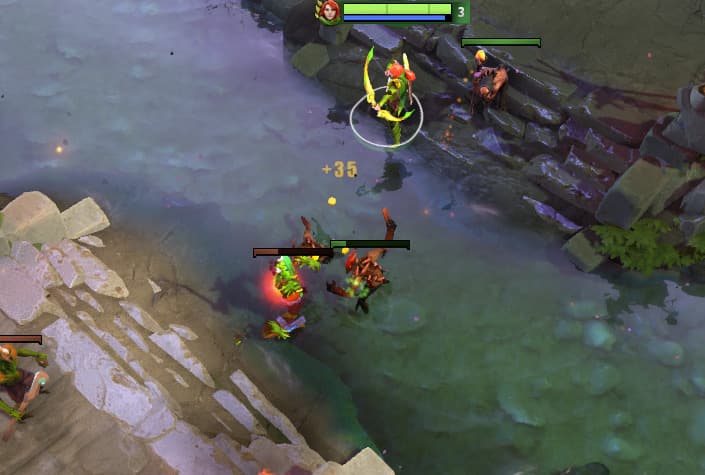
Not only are lane creeps important, but in the jungles of the map exist Neutral Creeps. These are sometimes a bit more powerful, but offer both increased gold and experience, as well as Neutral Items – although the latter is an entirely different topic.
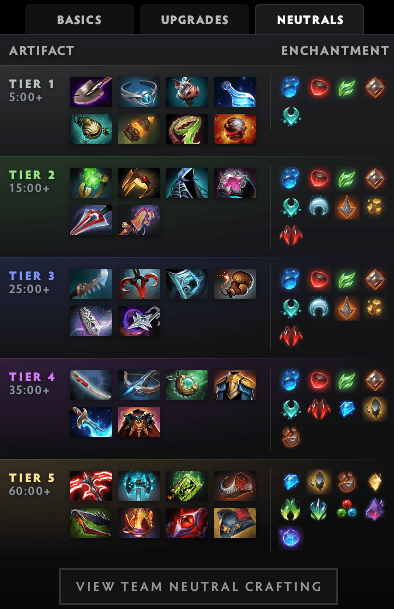
Branching out from this, last hitting creeps can control the lane and can keep everything in balance rather than pushing into the enemy tower constantly, which could leave you open to ganks.
- Denying
Denying creeps is something unique and special to Dota – and it takes a fair amount of skill when trying to also balance your farm. At a certain threshold in its health, friendly creeps can be auto-attacked to deal the killing blow to them. This “denies” the enemy of their gold and experience, which becomes a big part of getting ahead.
Denying can also be performed on towers. This starves the enemy of half the bounty obtained for the destruction of the tower. Instead, this half now goes to the denying player's team. It also removes the last-hit bonus gold from the tower going to your opponent. Denying is a powerful mechanic to learn and master. However, it could be more worthwhile to first get to grips with the basics of last hitting.
Dota 2 beginner tips for understanding the map
The map in Dota 2 is split into three lanes. Easily enough, these are the top, middle, and bottom lanes. However, these basic classifications are often not utilized in the game, as players will opt for different callouts. Namely, Safelane or Offlane – depending on whether you are on the Dire or Radiant side. From the Radiant side, the top lane is referred to as the Offlane, while the bottom lane is referred to as the Safelane. This inverts for Dire.
As mentioned previously, a jungle also exists with Neutral Creeps. Some time ago in Dota and Dota 2, certain heroes could sustain solely via the Neutral Camps. In today's game, it is almost entirely forgotten. Previously, heroes such as Axe or Enigma were prime candidates for “bush” and could rush a Blink Dagger for early ganks. But this information is no longer relevant, with the jungle now utilized in different ways.
One of the most important aspects of Dota 2, and any MOBA title for that matter, is to have constant map awareness. Depending on your role, this can make or break the game and your team’s morale. There are many ways to keep aware of your surroundings, which we break down below.
Warding the map and saving your life
Warding is often the job of either of the two support roles – but there are many caveats. Sometimes, certain heroes can assist with their specific skillset that enable wards to be placed deeper than usual. For example, Riki can turn invisible. This allows for wards to be placed without the enemy’s knowledge in unnatural territories. This can allow for vision deeper into enemy territory.
Warding the right places can be important too, and not just throwing them where they are obvious. With Sentry Wards, players can de-ward an area, so it can be crucial to have vision where your opponent least expects it. Some spots are far more crucial than others. Areas around the midlane are prime early-game warding spots. As well as vision of Power Runes and opposition high ground for possible ganks.
Other places of interest include Ancient Camps in the jungle, various important paths for invading enemy players, and Roshan’s pit. This can all be fairly confusing for a new player, so below is an image of some of the better placements of wards on the map. The latest patch, 7.38, changes many of how people have warded. Watchers also add another layer of vision, which is free on the map.
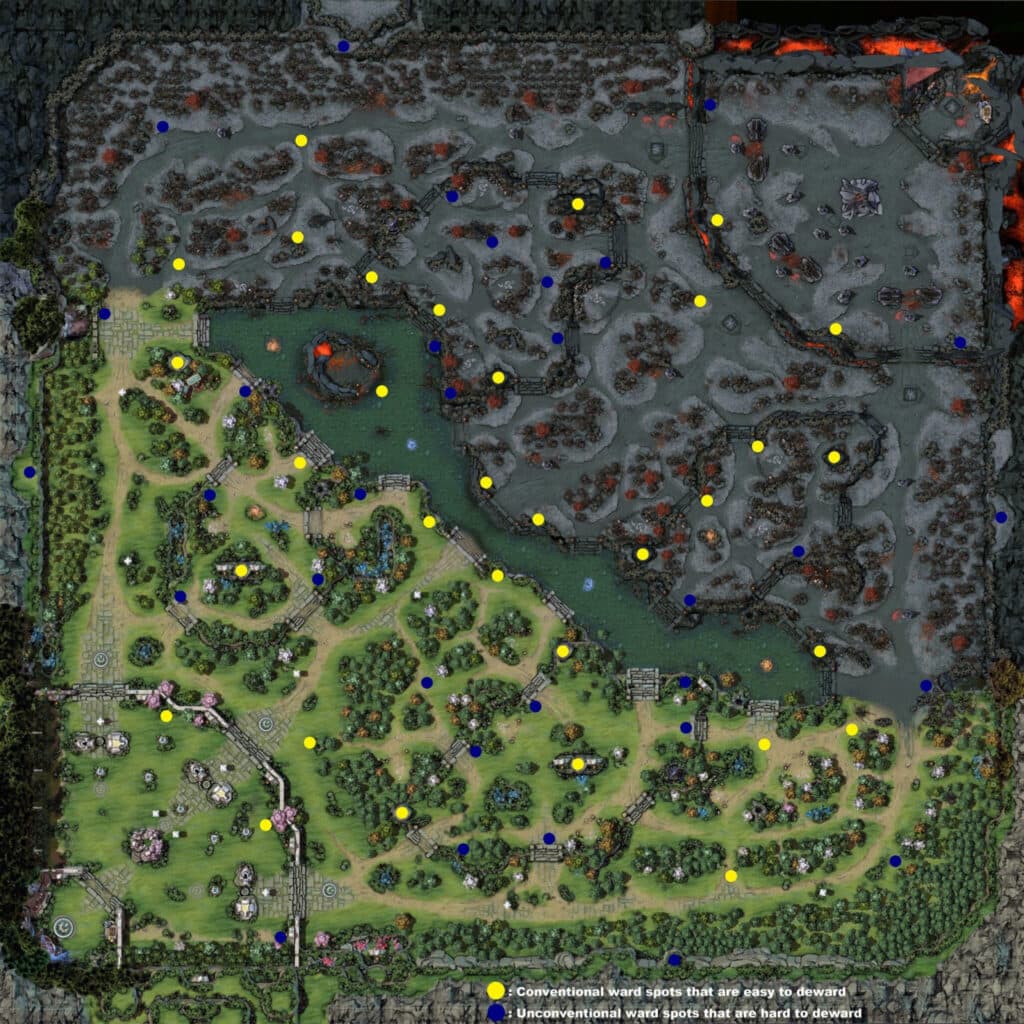
Another important Dota 2 beginner's tip relating to this is the minimap and the ping system. Placed in the bottom right or left corner of your user interface (UI). The minimap is your way to see your enemy's movement via your warding.
The minimap can be edited in the options menu by players to help see everything more clearly.
Moving on to the ping system, which allows players to utilize smart pings to warn their team of approaching enemies or simply let them know your next move. By holding down the Alt key while left-clicking anywhere, the player can bring up the ping wheel and drag the cursor to whichever marker they need to use.
Game phases and flow
With all the information before, it is now time to learn about the different phases of the game. These are split into early game, laning phase, mid game, and late game – all of which are of extreme importance. It is also vital to remember that some of these phases have a set time, while others revolve around you, your team, and what has happened within the game.
- Early game
This period begins from the moment that you spawn in at your fountain and begin to venture out onto the map. The early game is important for many reasons, including the initial spawn of Bounty Runes at 0:00 and the follow-up spawns every 3 minutes after. Bounty Runes offer an injection of early gold into whichever team grabs them. It can be of great importance to learn the timings of these, as well as the Power Rune spawns every 2 minutes after the 6-minute mark.
- Laning phase
This phase of the game ties heavily into the early game period. Generally, the laning phase involves farming. While also attempting to keep your opponents on the back foot. As well as warding for Runes and into the mid-game. For the most part, the laning phase comes to an end when support players are either level 6 or begin to roam to gank.
- Mid game
The mid-game timing is difficult to pinpoint. As stated previously, it revolves around players moving out of their initial lanes while searching for opportunities to gank. However, the mid-game is when your carry should be hitting their farming stride, building up gold for core items.
- Late game
During this time, players either group as five looking for teamfights or split, pushing and waiting to get some pickoffs. Runes and warding remain important, while your carry should be a powerhouse killing machine. Tied into this and the mid-game phase is Roshan. He offers his assailants an Aegis of the Immortal, Cheese, Roshan’s Banner, Aghanim’s Blessing, or Refresher Shards when taken down. These items, except the Aegis, change based on Roshan's location and the number of times he's been slain.
Finally, with all the power in your hands, your team can hopefully breach the enemy high ground and destroy their Ancient – winning you the game or sending you back to your fountains looking for the next fight.
Dota 2 beginner tips for improving and learning
If there is one thing that stands true about Dota 2, it is that it is ever-evolving and there is always room for improvement. While just playing the game against others is a great way to learn and get far better, there are other techniques to reach your peak.
- Bot matches
Although many may scoff at the option of playing with and against artificial intelligence (AI), a great Dota 2 beginner's tip is to take on these bots. This can assist in learning many of the basics of the game. Alongside this, the built-in bots come in various difficulty levels, which are easy, medium, hard, and unfair. Once a player has mastered the absolute basics, all levels of these bots become trivial. This is where Bot Scripts come into play.
Unfortunately, over the years, a lot of the Bot Scripts have not been updated. But some still offer a decent learning experience for new players. Some of these include Ranked Matchmaking AI, A New Beginner AI, and Sirius. With that said, Open Hyper AI has been updated for 7.38 and is something worth looking into.
- Turbo Mode
Turbo Mode offers players a different way to play Dota 2, which essentially speeds up the game. With increased gold and experience, as well as shortened respawn timers, Turbo Mode can be useful to new players. However, the issue here is that often, these skills are difficult to translate over into a normal game.
What Turbo does do is help new players get familiar with the game. Be it new heroes, figuring out their build paths, or working on timings.
- Replays
A great Dota 2 beginners' tip is to look at replays. Whether your replays or others, this can help a player of any rank improve. While new players may not instantly see their errors and resolve them, now is always a great time to start learning. Watching replays is one of the best ways to reach the next level.
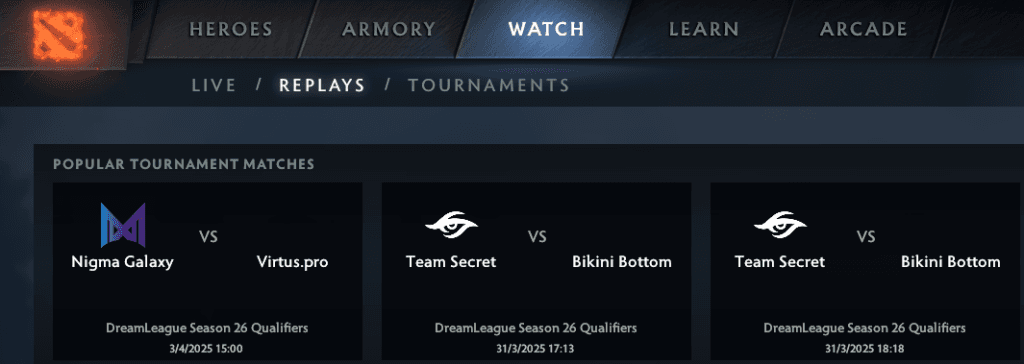
Dota 2 and you
At the end of the day, Dota 2, as with any other game, is all about having fun. Although it may be a fairly punishing game for beginners, it offers thousands of hours of enjoyment. Whether playing alone or with friends, there is a ton to learn. With content updates regularly (sometimes), the game can feel fresh. Additionally, there are tons of professional tournaments every year to watch and enjoy.
Always remember that these are just the basics. There is a lot more to learn in Dota 2, such as Facets, build optimizations, taking Tormentors and Wisdom Shrines, and a whole lot more.
For more Dota 2 news and information, stay tuned to esports.gg.
